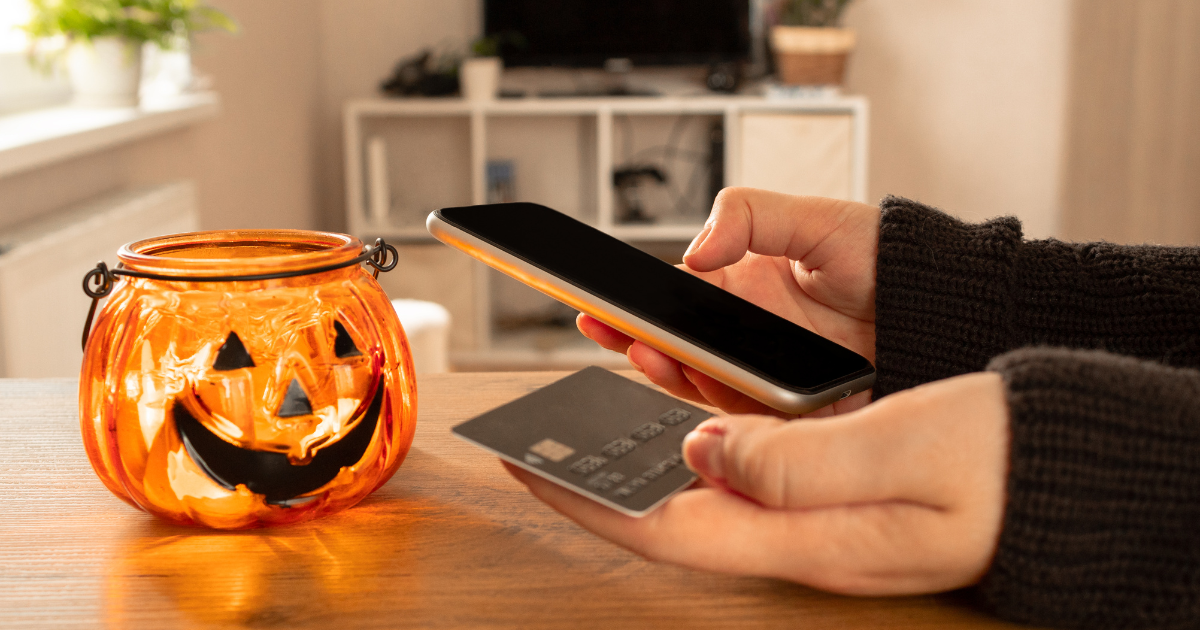
Whether you lean more towards an I or E in your Myers-Briggs test, networking can be a stressful and taxing ordeal. For introverts, you may think that the idea of a large, chaotic group of new people is about the least appealing thing in the world. Focus on the end goals — rather than the size of the room — to network better. While these may not be applicable for everyone, here are a couple of steps and tips that can make networking as an introvert easier and more manageable.
The PreGame
1. Set your goals
Before attending a networking event like a meetup, set a handful of particular goals you want to achieve. "Meet new people in my industry" isn't a real goal because it's not really tangible. If your New Year’s resolution is to read more is that a page or novel? When have you achieved your goal? Instead, give yourself a number and stick to it – "I want to give my resume or business card to 5 people." Try to push yourself a little out of your comfort zone, so that it’s a challenge but don’t set unrealistic expectations. You don’t want to go home to work on your night cheese feeling like you’ve failed – networking isn’t about that.
2. Do your research before the event
Before you attend, do a bit of research to see if anyone you already know will be there. The best option will be to bring a buddy of course, but if you're going solo there is likely someone who is at least a friend of a friend. A mutual point of contact is a great way to start a conversation or introduce yourself to a recruiter or HR rep.
3. Dress up
We've trained ourselves into associating getting dressed up with work or a change. For the next networking event you're planning on attending, dress up a bit and see if putting yourself into "work mode" will help. Not only will you not want to waste the time you've spent on yourself but it can be a nice confidence booster as well.
4. Conversation Preparation.
In Susan Cain’s Quiet: The Power of Introverts, she makes a strong point about talking point preparedness. She notes that introverts that are well prepared in conference situations have the advantage of coming off as calm and collected. If you're concerned about perception keep this little note in the back of your mind.
Use the time before the event to consider questions – like you would an interview – and come equipped. Handy go-tos are "How did you get into your current position?" (rather than how did you get your specific job) and "What part of your job do you find most enjoyable?"
The Game
1. Location, location, location.
Conferences and meetups are common networking opportunities, but you can also choose a situation which makes you feel most comfortable – network over coffee, phone or in person. For in-person networking events like conferences, it could even be a spot in the room.
Some people like to be in sight of the door so they don’t feel trapped but others may like to be in the front to be more attentive. Try to push yourself a little, but if sitting towards the back of the room helps you, do that!
Networking doesn't have to be at large events. Find the gatekeepers or representatives you're trying to get in contact with and reach out to them directly via email or social networks. Networking can – and should be – mutually beneficial. So a cold-message can go a long way without a lot of negative repercussions.
Networking in real life is more like LinkedIn than Facebook – you're meeting people who want to be met and vice-versa. With Facebook, unsolicited messages feel like breach of personal space but with LinkedIn there is the air of utility behind it. The person you're speaking with is in the same boat as you are – trying to expand their network.
2. You're in this together.
Speaking of being in the same boat, it’s said that anywhere between 1/3 and 1/2 of people self-identify as introverts. For large-scale events, it could mean that half the other people in the room don't quite want to be there either (or at least would prefer a different setting). There will be a lot of other people who will be anxious and maybe even a bit nervous about the process.
If you're comfortable with it, try making the first approach. Find that other person who may be huddled off in the corner and be their buddy – it'll work out best for everyone.
3. Know when to recharge.
Use the Pomodoro Technique of 25 minutes on, 5 minutes off at networking events. Grab your name tag, get a drink or snack, mingle and converse and then take a break from the group. Head into the hallway to find a water fountain or get into the open air. You may feel drained or anxious after about 15 to 20 minutes of conversation. If you can find a way to politely excuse yourself or take a quick break, it will do wonders to your mental state.
Goals during the break are simple – refocus on what you've accomplished, envision what you have left to do, and lastly, stop yourself if you're thinking about bailing.
4. Conversation topics.
Keep it casual. Talk less, listen more.
All of these are excellent conversation structures, but it comes down to what you're most comfortable with. Here are a few ideas:
First, have an elevator pitch. Based on who you're talking to, each pitch should be a little different based on the audience.
Second, more often than not networking is not about who you are, it's what you do. Hobbies, your job specialties, and how you think are going to stand out more than titles and positions.
Third, make sure you have a few industry related questions in your back pocket. Try this: "Tell me a good thing about (enter your career/event/job here), a bad thing about it and a secret that someone outside of it doesn't probably know." It's fairly casual and can have a bit of fun to it as well. More importantly it allows the quasi-interviewee as much time as they like to talk about the subjects, and out of the three there might be something for you to follow up with.
Finally, try to keep to what you know. Networking is a conscious effort for most introverts – there is no autopilot involved. To make the process easier, talk about things that come naturally to you, be it pop culture, your job or the city you're in.
The Follow-up
1. Send the emails.
This is the single most important factor of networking at large events, the one crucial thing you need to do after attending – following up. Have you ever given out business cards? What was your conversion rate of cards to emails received?
A stack of business cards or resumes sent into the wind is not as valuable as a follow up to a business card received. An HR representative or conference speaker may hand out and receive a hundred business cards at an event, but if you follow up you're going to immediately be in a small percentage of people who do. The next day/week/month your tiny 3.5x2 card isn't going to stand out as much as a personal email will.
Not following up would be like going to class all semester and skipping the final.
Networking can be stressful by itself, so do what you can to minimize any and all anxieties. With a little perspective and planning, you’ll get better – it just takes time! Remember that there are plenty of opportunities to network and meet new people. Slowly pushing yourself a little bit more out of your comfort zone one step at a time will help you network like a pro in no time.










